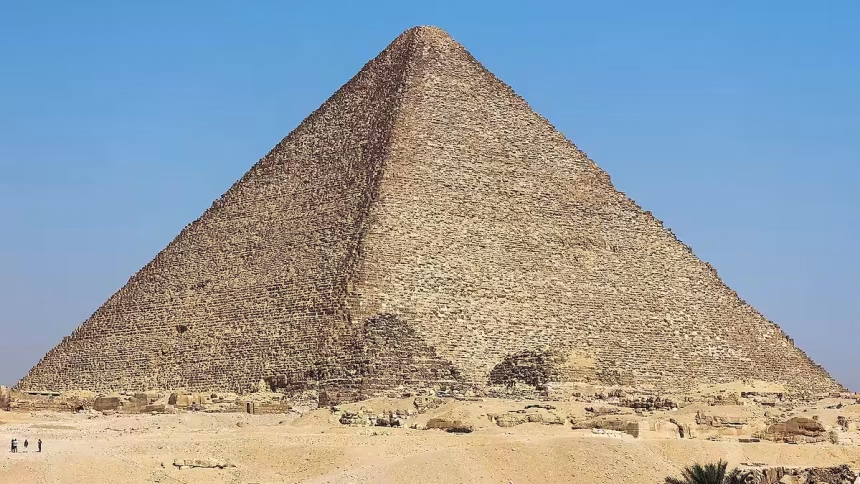From Pyramids to Medicine: 5 Egyptian Breakthroughs That Defined an Era
The Egyptian Empire was one of the most powerful in the world in its day, thanks in no small part to a host of inventions.

The Egyptian Empire was one of the most powerful in the world in its day, thanks in no small part to a host of inventions.

